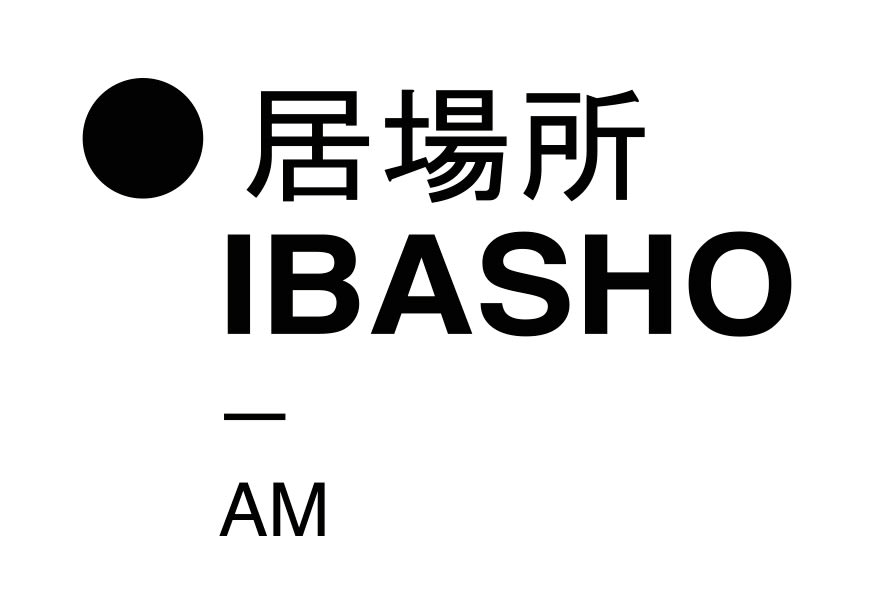Kiyoshi Niiyama
Kiyoshi Niiyama was born in 1911 in Ehime Prefecture, in the northwestern region of the island of Shikoku, Japan. Niiyama participated actively in the Japanese and international photography scene from the mid 1950s, helping shape Japan’s amateur photography scene. In 1954 German photographer Otto Steinert invited him to take part in the second subjektive fotografie exhibition, but difficult postwar circumstances prevented his participation. In his work Niiyama focused on abstract imagery, following the principles of the international movement of subjective photography, which Steinert began promoting in 1951 with a number of seminal exhibitions and publications. In Japan, photography was both a medium of tradition and change, and the philosophy of the subjective movement resonated especially with the Japanese propensity for using photographic realities to create personal interpretations of the environment and thus to shape the subjects into pictures. In September 1962, September 1963, and again in October 1964, Niiyama dedicated three series to the manifold visualizations of the Morning Glory flower, which has a long tradition in Japanese literature. For the series, executed in his Tokyo home with a 35 mm camera, Niiyama used different film materials, micro lenses, and special lighting techniques to obtain his high-contrast black-and-white-images. The resulting pictures were a central part of Niiyama’s solo exhibition at Gekko (i.e. Mitsubishi) Gallery, in Tokyo, in October 1964.
-
 Atagawa Crocodile Garden, Shizuoka Prefecture, 1965
Atagawa Crocodile Garden, Shizuoka Prefecture, 1965 -
 Icicle at Hakone, Kanagawa Prefecture 2, 1964 - 1968
Icicle at Hakone, Kanagawa Prefecture 2, 1964 - 1968 -
 Icicle at Hakone, Kanagawa Prefecture, 1964 - 1968
Icicle at Hakone, Kanagawa Prefecture, 1964 - 1968 -
 Shark Fins at Choshi City, Chiba Prefecture, 1964
Shark Fins at Choshi City, Chiba Prefecture, 1964 -
 Old Japanese Wall at Kurashiki, Okayama Prefecture, 1964
Old Japanese Wall at Kurashiki, Okayama Prefecture, 1964 -
 Old Japanese Wall at Kurashiki, Okayama Prefecture, 1964
Old Japanese Wall at Kurashiki, Okayama Prefecture, 1964 -
 Fishing Net at Urayasu City, Chiba Prefecture, 1964
Fishing Net at Urayasu City, Chiba Prefecture, 1964 -
 At Ogouchi Reservoir, 1963
At Ogouchi Reservoir, 1963 -
 At Dogashima Coast, 1959
At Dogashima Coast, 1959 -
 Shark Fins, 1956
Shark Fins, 1956 -
 Horseshoe Crab, 1956
Horseshoe Crab, 1956 -
 Place for Drying Laundry at Tokyo, 1952-1969
Place for Drying Laundry at Tokyo, 1952-1969 -
 NOREN (store curtain) at matsuyama City, Ehime Prefecture, 1947-1952
NOREN (store curtain) at matsuyama City, Ehime Prefecture, 1947-1952 -
 Waterfall, 1946-1969
Waterfall, 1946-1969 -
 Shore Rocks, 1946-1969
Shore Rocks, 1946-1969 -
 Shattering Waves, 1946-1969
Shattering Waves, 1946-1969
-

#59 Yōjo - Jeremy Stigter & the IBASHO Collection
3 Jun - 6 Aug 2023IBASHO is delighted to announce the opening of “Yōjo”, an exhibition developed in close collaboration with the Dutch photographer Jeremy Stigter. “Yōjo”, a Japanese concept that can be translated as...Read more -

#53 Toshi-City
Summer group exhibition 25 Jun - 28 Aug 2022For the 2022 Summer group exhibition IBASHO has chosen the city ('Toshi' in Japanese) as a theme. Who thinks of Japanese cities, thinks of Tokyo first. This hypermodern city in...Read more -

#47 Mizu
Summer group exhibition on the theme of 'Water' 17 Jun - 22 Aug 2021For the annual Summer exhibition of 2021 IBASHO has chosen the theme ' Mizu ', the word for 'water' in Japanese. As an island nation, Japan has a deep connection...Read more -

#37 初雪 HATSUYUKI - a group exhibition on 'FIRST SNOW'
7 Dec 2019 - 12 Jan 2020A small flake of snow Came floating down Onto my forefinger Onto its tip Heaven's messenger as it were A small flake of snow Arrived floating Melted on my forefinger...Read more





















